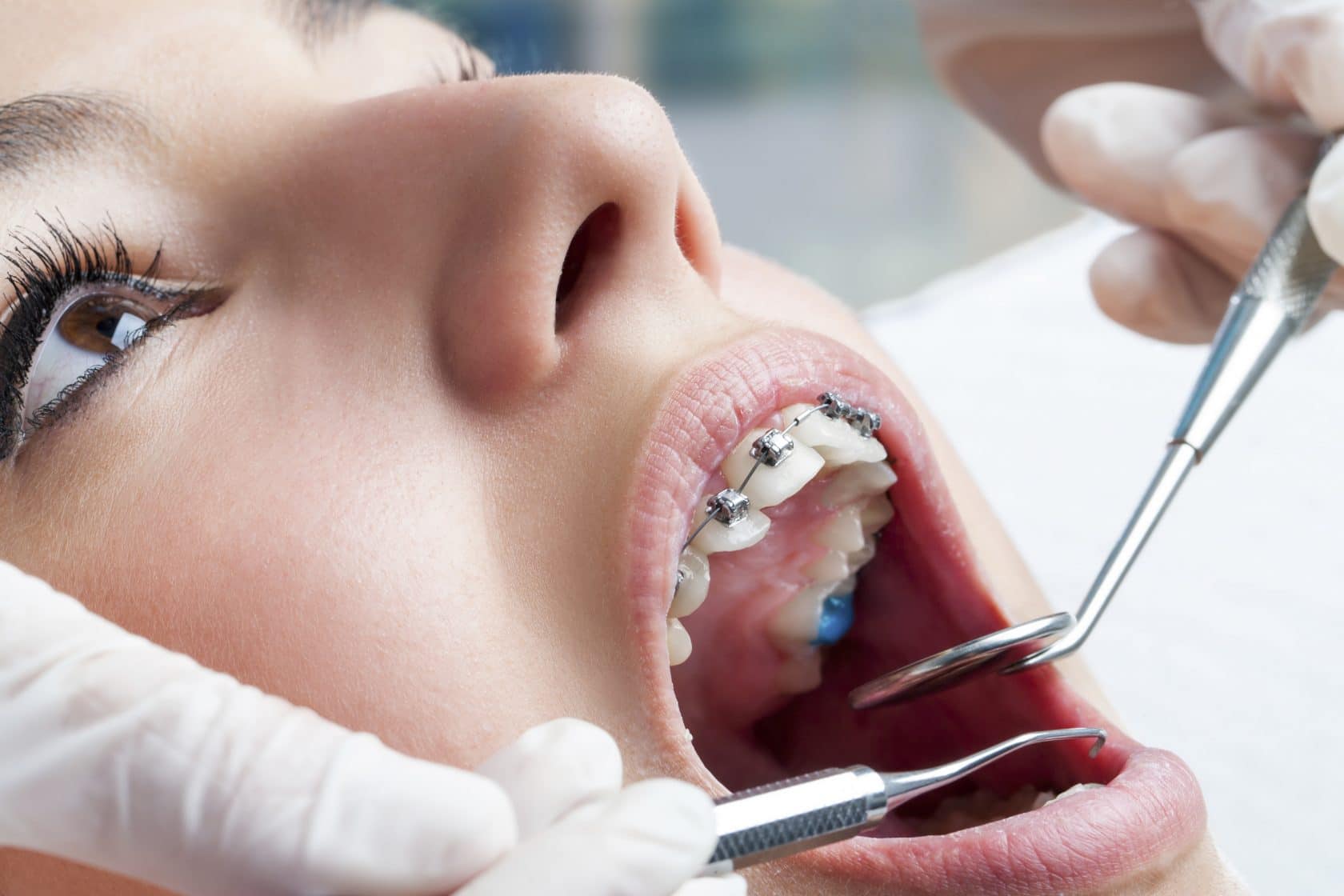The Advantages of Picking a Cumming Orthodontist for Your Braces and Aligners
The Advantages of Picking a Cumming Orthodontist for Your Braces and Aligners
Blog Article
Comprehensive Guide to Orthodontics Treatments for Correcting Dental Imbalances
Comprehending the details of each treatment, including their devices, advantages, and possible downsides, is critical in making educated choices concerning one's orthodontic therapy. As we browse with the extensive guide to orthodontic procedures for correcting oral imbalances, the complex details of each method will unfold, losing light on the course towards a unified and functional dental alignment.
Orthodontic Procedures Review

In enhancement to standard braces and clear aligners, orthodontists may additionally suggest other interventions like headwear, palatal expanders, or retainers to attend to particular alignment concerns (braces). These procedures are customized to every patient's unique demands and may entail a combination of treatments to accomplish the desired outcomes. Normal modifications and monitoring are crucial parts of orthodontic treatment to make sure progression is on track and to make any kind of required alterations along the road. By undergoing orthodontic treatments, individuals can not only attain a straighter smile yet likewise enhance their general dental wellness and function.
Standard Dental Braces: Exactly How They Function
When considering orthodontic therapies for oral misalignments, typical braces stand apart as a time-tested approach for fixing teeth positioning. Typical dental braces contain brackets, cords, and bands that function together to use constant pressure on the teeth, progressively moving them into the wanted positioning. The brackets are connected to the teeth utilizing an unique adhesive, and the cables are threaded through the braces. By changing the stress of the cables, orthodontists can manage the instructions and force put on each tooth, leading them right into proper placement gradually.
As stress is applied to the teeth through the braces, the bone surrounding the teeth is reshaped to support the new tooth settings. Clients will certainly require routine modifications at the orthodontist's workplace to make sure the dental braces proceed to use the right stress for efficient teeth motion.
Unseen Aligners: Benefits And Drawbacks
These clear, custom-made trays are virtually unseen when used, making them an attractive option for people looking for a more aesthetically pleasing orthodontic therapy. People can get rid of the aligners prior to eating or brushing their teeth, lowering the threat of food getting stuck in the appliance and streamlining the cleaning procedure.

Surgical Orthodontic Options
Surgical interventions in orthodontics existing practical choices for attending to complicated dental misalignments that may not be effectively settled with traditional orthodontic treatments. While medicaid find a dentist conventional braces and undetectable aligners can remedy numerous orthodontic issues, certain instances need surgical treatment to accomplish optimal results. Surgical orthodontic choices are commonly recommended for severe malocclusions, substantial jaw discrepancies, and situations where the underlying bone framework requires adjustment to attain proper positioning.
One usual medical orthodontic treatment is orthognathic surgical treatment, which involves repositioning the jaws to remedy useful concerns such as difficulty eating or speaking. This surgery is commonly executed in partnership with an orthodontist that assists straighten the teeth before and after the treatment. Surgical orthodontics might additionally include treatments to subject affected teeth, get basics rid of excess gum tissue, or improve the jawbone to create an extra harmonious face account.
Prior to considering medical orthodontic alternatives, people go through a thorough analysis to identify the necessity and possible advantages of such interventions. invisalign. While surgery may seem challenging, it can significantly improve both the feature and visual appeals of the smile in situations where conventional orthodontic treatments fail
Retainers and Post-Treatment Care

Post-treatment treatment involves complying with the orthodontist's directions diligently. This may include appropriate dental health practices, attending follow-up visits, and putting on the retainers as suggested. Failure to follow post-treatment care directions can cause regression, where the teeth gradually return towards their original settings. Regular retainer wear, excellent oral hygiene, and regular dental check-ups are vital for keeping the outcomes achieved through orthodontic surgical procedure and ensuring the long-term stability of the remedied oral placement.
Verdict
To conclude, orthodontic treatments use various options for fixing dental imbalances. Typical braces use metal braces and cords to move teeth into correct placement. Undetectable aligners offer a more very discreet option but might not be ideal for all situations. Surgical orthodontic options are readily available for a lot more serious misalignments. Retainers are commonly made use of post-treatment to preserve the new placement. Generally, orthodontic procedures can properly enhance oral health and wellness and aesthetic look.
As we navigate via the extensive guide to orthodontic treatments for fixing dental misalignments, the elaborate details of each method will unravel, losing light on the course toward a practical and unified oral positioning. visit this page - braces
One of the most typical orthodontic therapies is the use of braces, which consist of steel brackets and cables that use mild stress to gradually shift teeth right into the wanted position.When thinking about orthodontic therapies for oral imbalances, traditional braces stand out as a reliable approach for correcting teeth positioning. Furthermore, unseen aligners might not be suitable for complex orthodontic problems that need even more significant teeth movement, as they are usually suggested for light to modest instances. Retainers are custom-made orthodontic devices developed to hold teeth in their fixed placements after the conclusion of orthodontic therapy.
Report this page